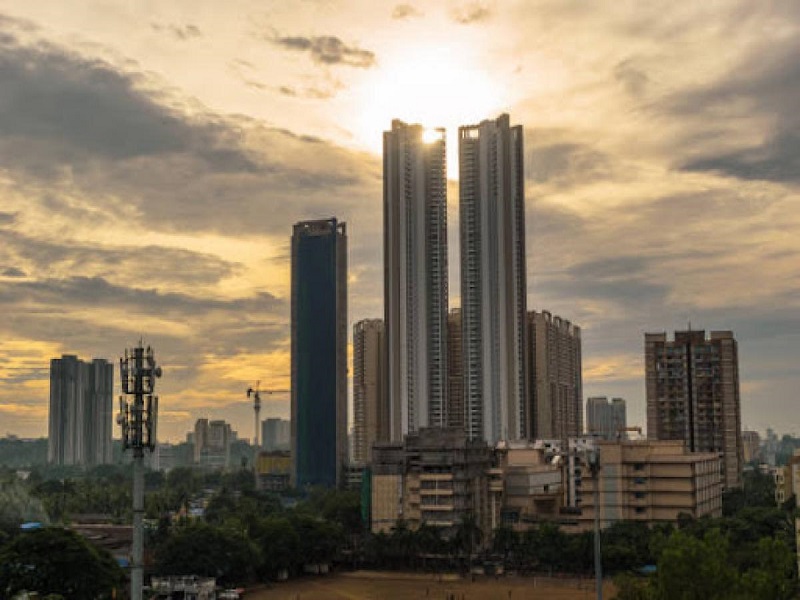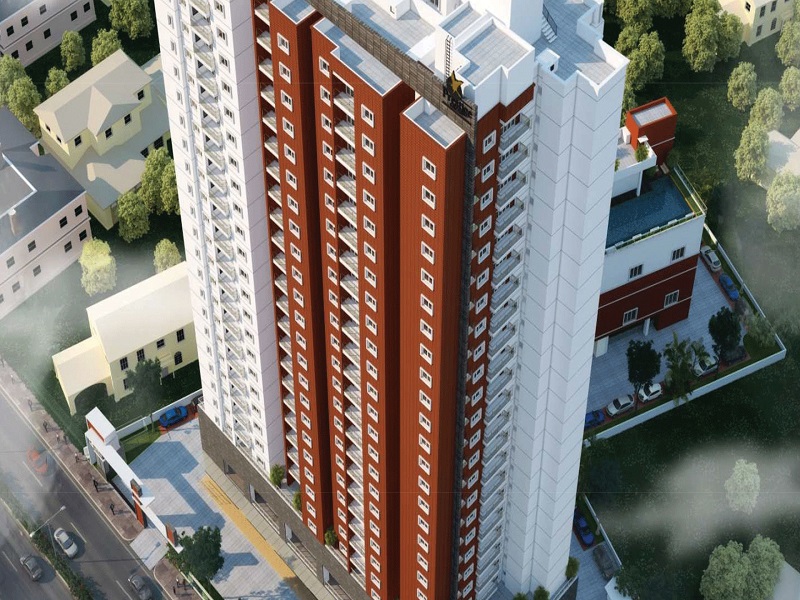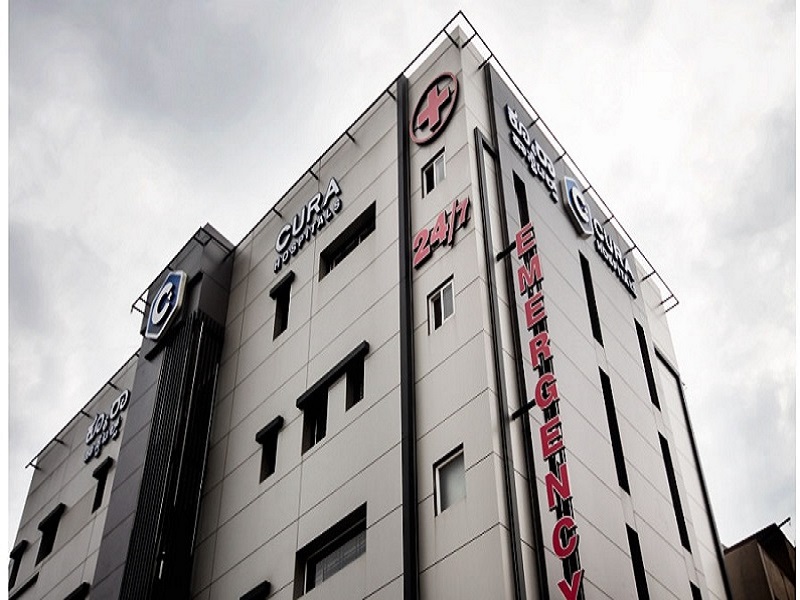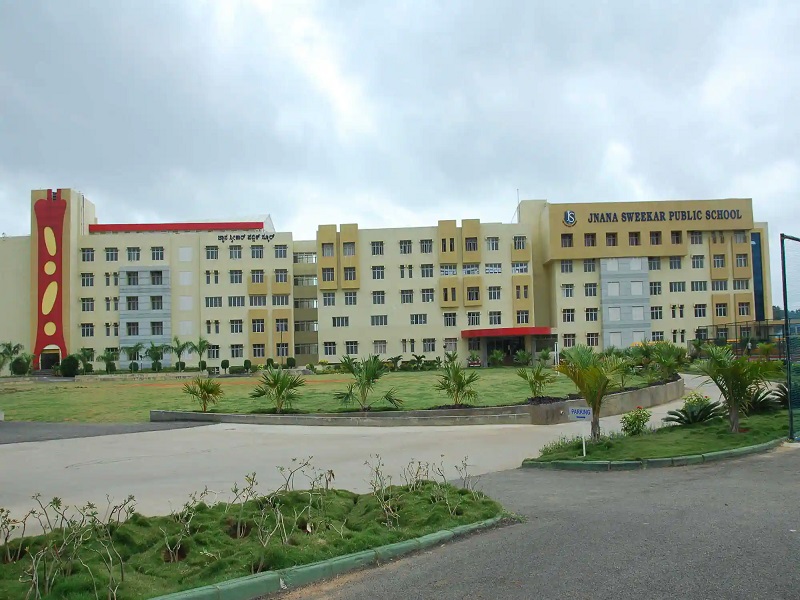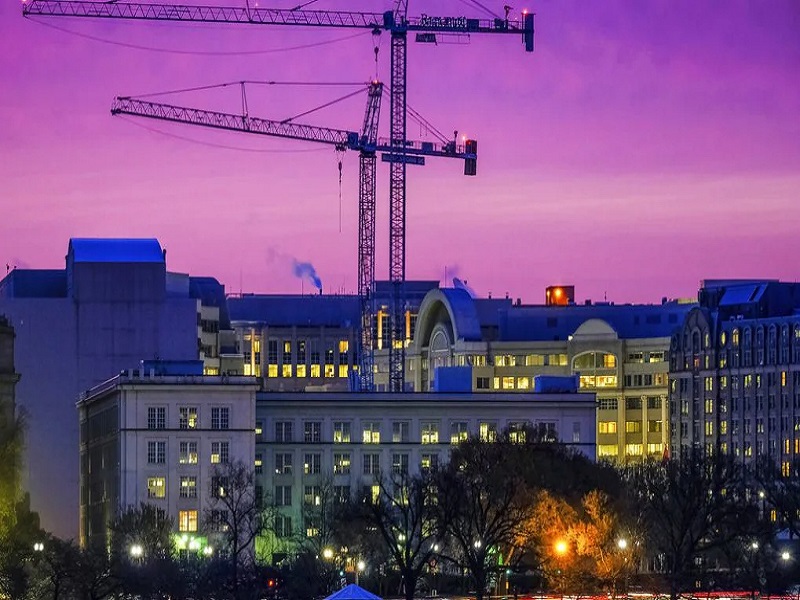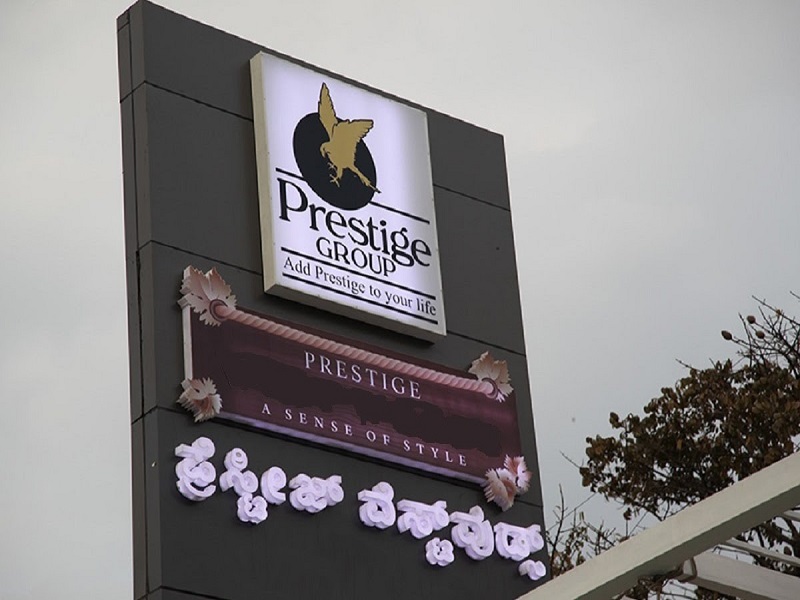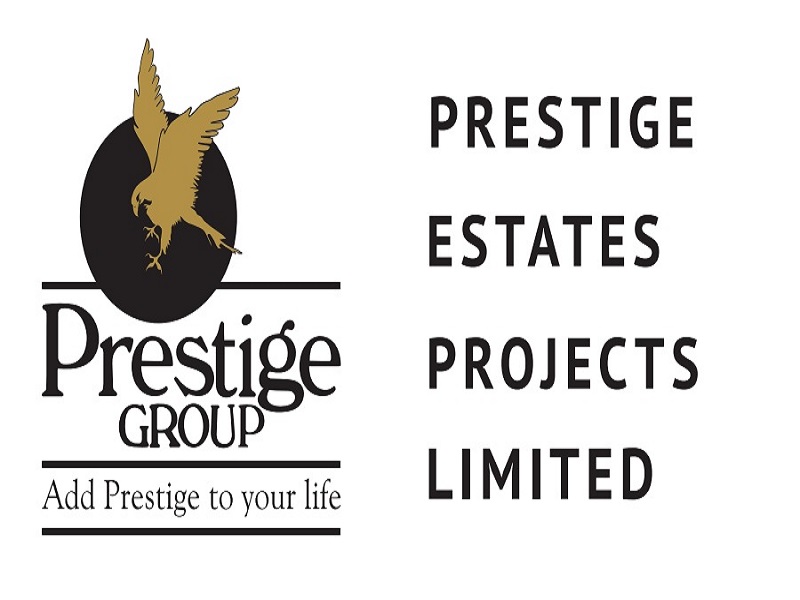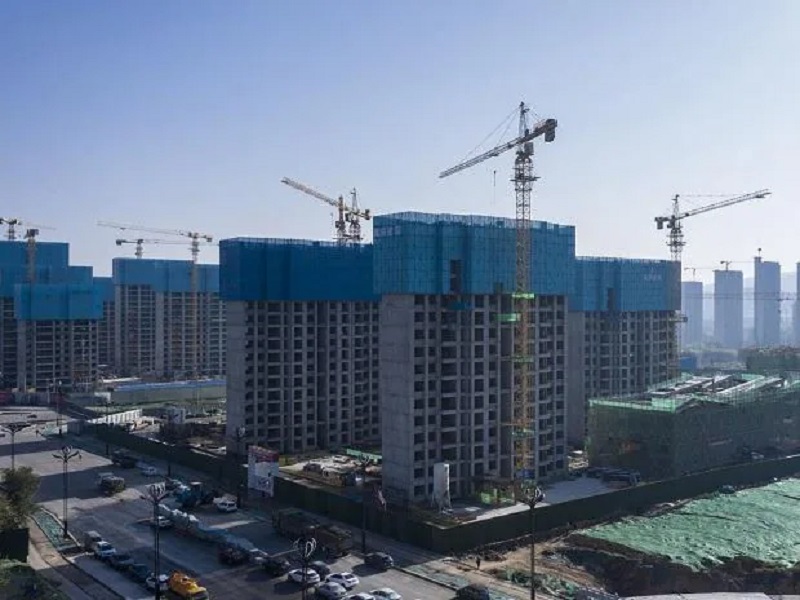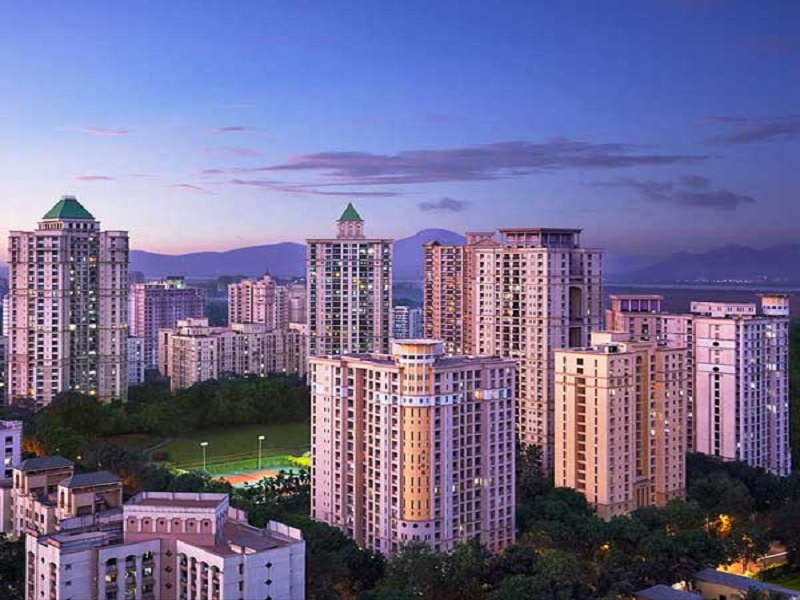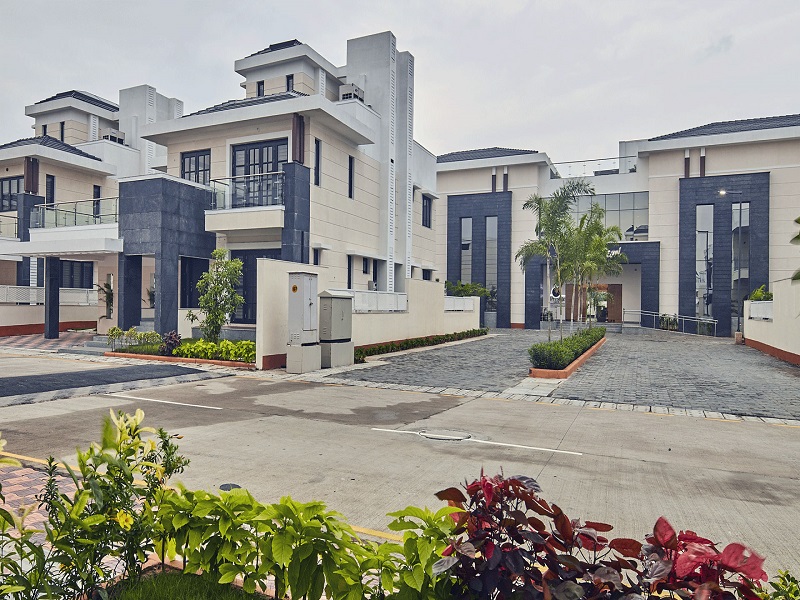Indian Real Estate
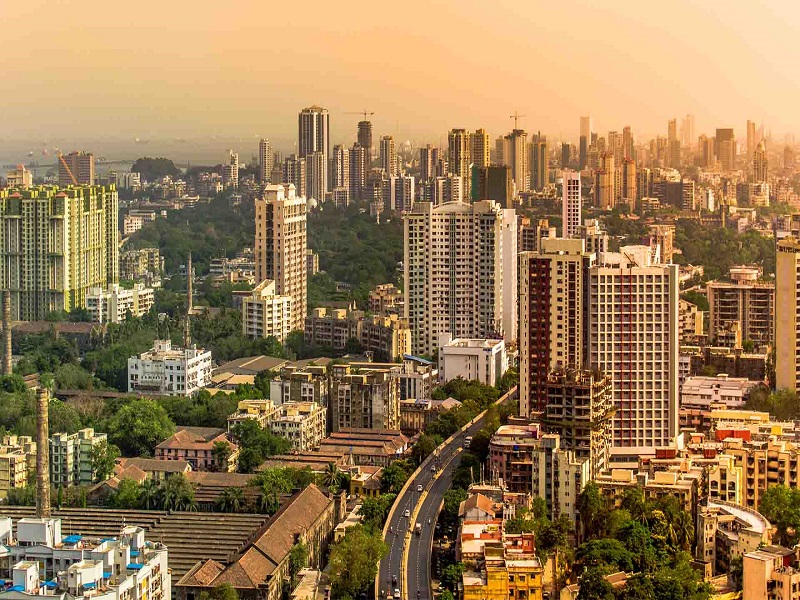
Homebuyers never had it better than after the second wave of the pandemic in 2021. They flocked to the real estate market. Many of them were hoping to buy bigger houses. It was triggered by the extended periods of time they had to spend at home.
There were other factors that also brought in buyers. Home loan interest rates were low. Government sops like low stamp duties and waivers of registration fees also helped. The cost of homes was stable. The RERA in 2016 and GST in 2017 also restored faith in buyers.
These good times did not last. Things have changed a lot as of 2023. Sops provided by various state bodies have reached their end dates. Interest rates on loans have started to rise. These are now almost at pre-pandemic levels. As the cost of raw materials rises, developers are also hiking prices. The expenses of construction have increased.
The result of rising borrowing costs is that the burden on developers has increased. The real estate industry in India has seen the prices of properties rise in key markets in the country. There has been an increase of 5 to 8 percent over the past year.
One reason for this is rising interest rates on house loans. The home loan rates were the lowest available. These had attracted buyers back to the market. However, beginning in May 2022, the RBI has increased the repo rate to 2.25 percent. The average house loan EMI then increased by more than 18 percent.
The interest rate hikes have raised all the costs. These have impacted the profit margins of builders. The market for affordable homes has limited profits. The rising costs of development have had a big impact. These have had an effect on the affordable housing market as a whole. Sales and launches have gone down.
In terms of home sales, 2022 was a good year. However, the rising prices are concerning. The number of affordable home projects went down by 11 percent between January to September 2022. In 2019, the affordable housing market accounted for more than half of all new housing launches. It decreased to 29 percent in the first nine months of 2022.
Industry leaders want the government to act to avoid a slump in 2023. They believe that these will help bring back buyer confidence. So far, the rest of the real estate market has not been much affected by the current situation. Recent studies show that it is getting difficult for average purchasers to buy a home.
Lower interest rates and great prices meant affordability reached its peak in 2021. It was also due to an increase in income. It went down in 2022 as builders began passing on the increased costs of production to customers. The latest increase of 35 basis points by the RBI will impact EMIs. These will make homes less affordable.
Real estate developers have had to increase costs. It has come about as a result of the rising costs of labor, logistics, and construction supplies. Since the end of 2019, materials have increased in price by 32 percent. Coupled with the rising costs of labor and logistics, the average cost of construction of homes has gone up by 21 percent.
Real estate leaders expect that inflation will lead to further price increases. The hike may be up to five to ten percent. Developers may choose to wait and watch until the prices of materials stabilize. The supply of homes may be affected. Even if there is reduced demand in 2023, the prices of homes already on the market may increase.
Prestige Group new prelaunch apartment Prestige Park Grove.
| Call | Enquiry |
